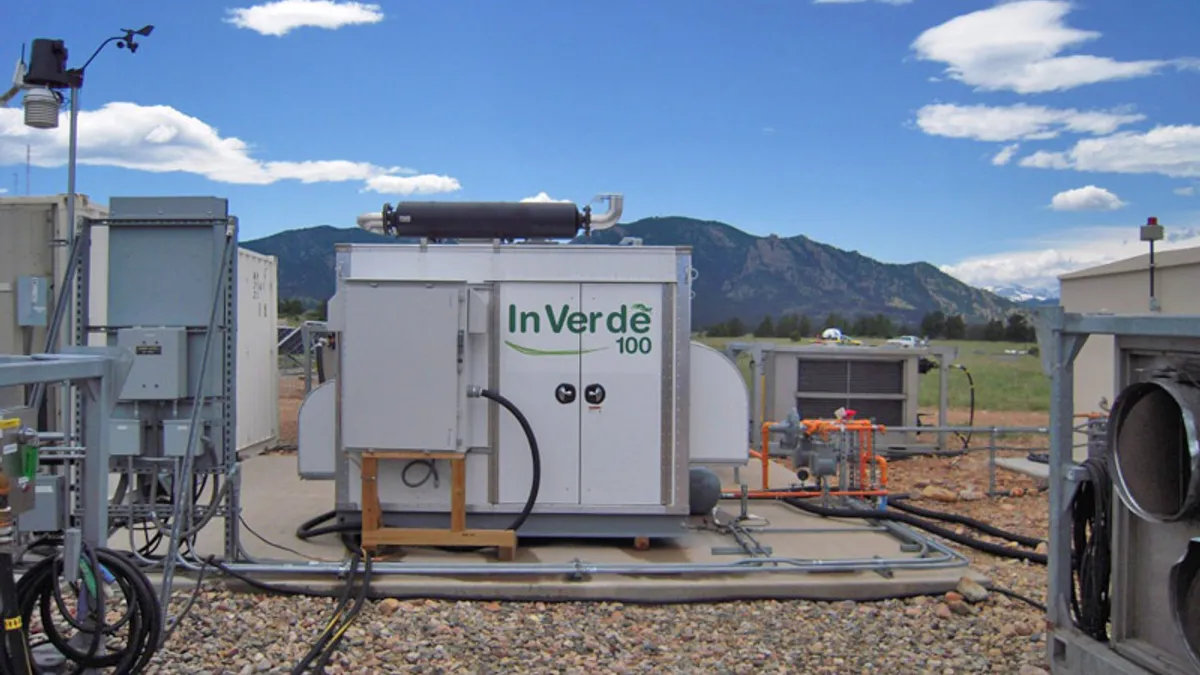Microgrids are an old concept, but recently they've garnered renewed interest within the power sector. For years, utilities have invested in centralized plants, building miles and miles of transmission lines to ship power where it needs to go.
But lately, that has changed. An aging grid and recent severe storms have highlighted the need for resiliency. Regulators in some states have opened dockets to collect solutions for boosting resiliency; utilities have also proposed projects targeting that goal. And many of these solutions contain microgrids.
But finding the right design and financing is no easy task. Every potential microgrid site holds unique needs and utilities must accommodate them without adding substantially to utilities' cost. That could prove controversial, as some utilities explore rate-base opportunities, and others look to private-public partnerships.
We explore these issues and more in this spotlight on microgrids:
-
Microgrids are poised to grow as large utilities see a growth vehicle
These facilities could be going mainstream as big utilities ramp up C&I services. Read More >>
-
Pushing for scalability, utilities look to new hybrid models for microgrid deployment
Utilities are searching for standardized microgrid models that allow both end users and the wider grid to benefit. Read More >>
-
Case study: APS invests in microgrid as Phoenix metropolitan area grows
The 63 MW microgrid can swiftly convert into one operating on solar and storage. Read More >>
-
Public purpose microgrids: Mixed-ownership models spur utility investment in growing sector
Thinking of microgrids as public infrastructure — and financing them like it — could point the industry to new growth. Read More >>
-
When the power goes out, sometimes the lights stay on
Microgrids are best known for the backup generation they provide, but the evolving electric grid means there are many more uses. Read More >>













